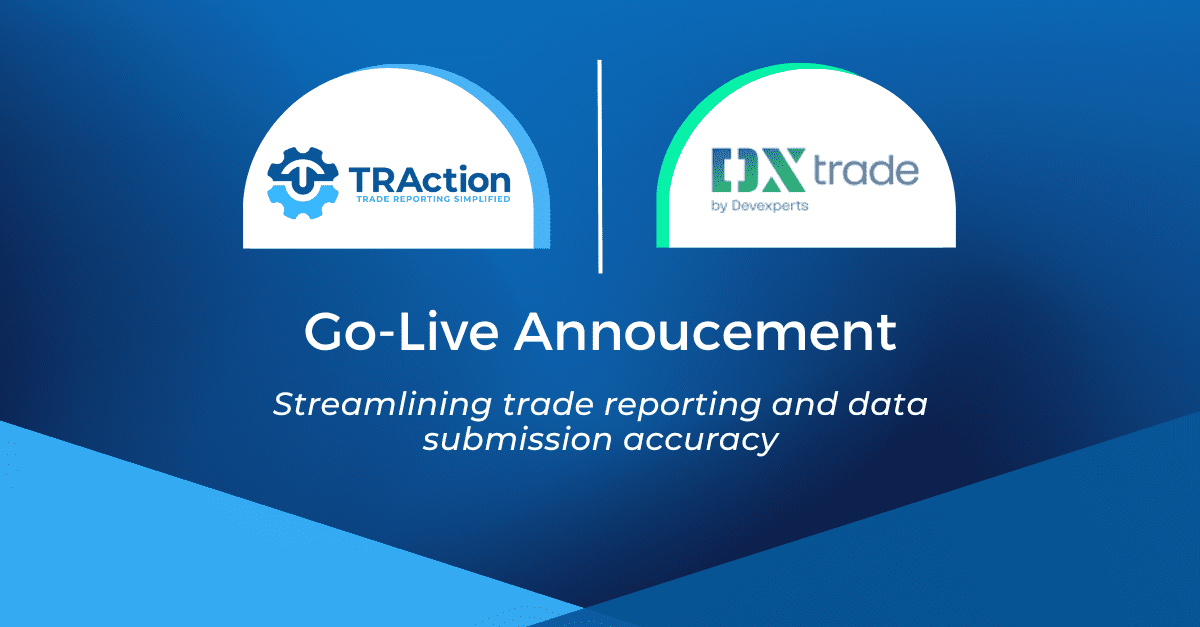The option of position level reporting gives counterparties the opportunity to align their reports with their back-office setup. This enhances both efficiency and incorporates the same data which is used in other business processes. The fact that position level reporting doesn’t replace trade level reporting but comes in addition, allows entities an easier way to provide valuation and collateral information.
EMIR Background
The European Markets Infrastructure Regulation (EMIR) regulates the derivatives markets to improve transparency and stability within the financial system. EMIR mandates the reporting of derivatives transactions, with the obligation applying to both financial and non-financial counterparties, including corporations and other entities that engage in derivatives trading.
What is Position Level Reporting?
Both trade level reporting and position level reporting are components of the overall EMIR framework. These reporting requirements aim to enhance transparency, reduce systemic risk, and improve regulatory oversight within the derivatives market.
Position level reporting involves the aggregate or cumulative positions held by a counterparty in a particular type of derivative contract. It provides information about the overall exposure and risk associated with a counterparty’s positions. This includes details such as the notional value of open positions and the maturity dates.
What Are the Differences Between Trade and Position Level Reporting?
Trade level reporting provides a more detailed overview of individual trades, including transaction specific information such as price, whereas position level reporting targets aggregated data to show overall exposure and the counterparties involved.
Summary
TRAction remains committed to making trade reporting simple by staying ahead of regulatory developments and monitoring for changes that may affect our clients. Don’t hesitate to contact us if you would like to know more.




